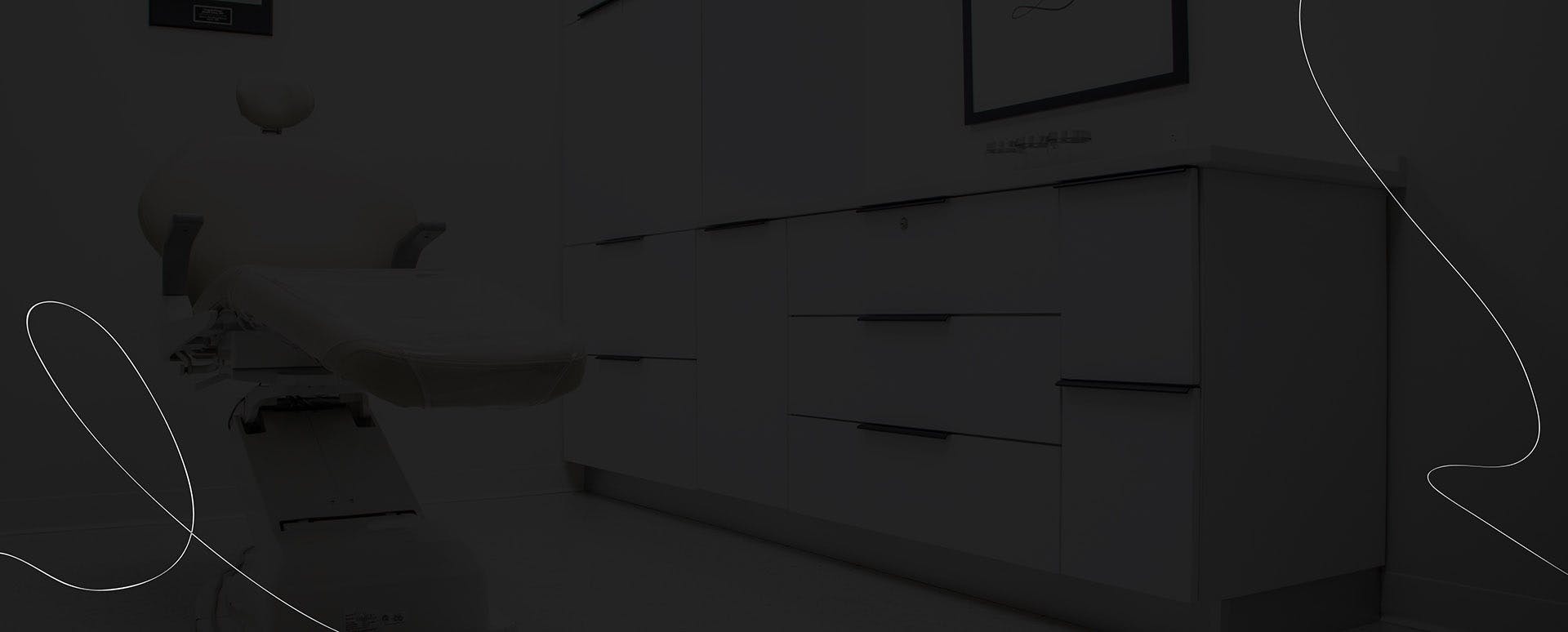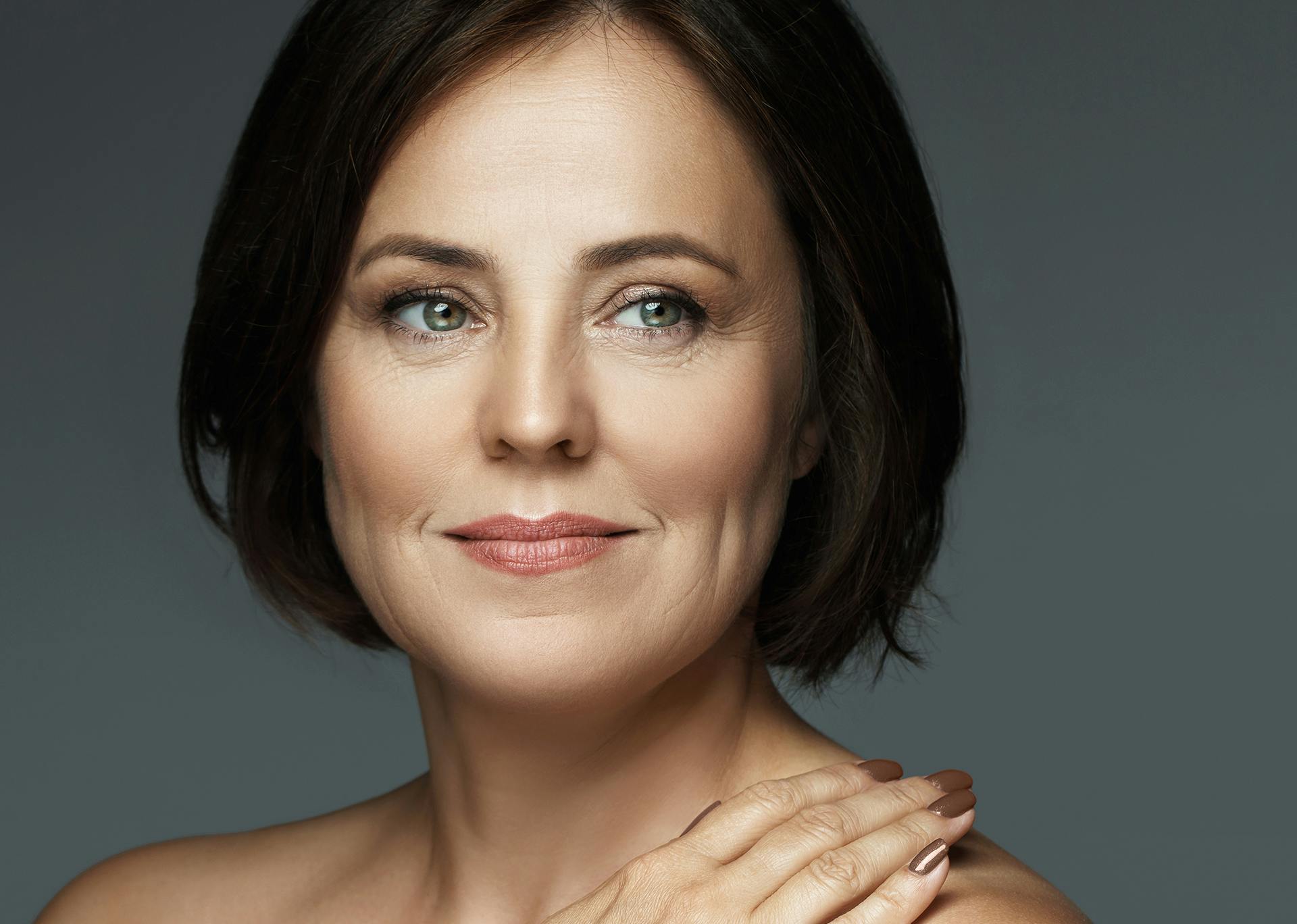The focus of our Skin Cancer & Lesion Clinic at Greco Dermatology in Sarasota is centered on skin checks for the surveillance, diagnosis, and treatment of skin cancer, as well as suspicious or unwanted lesions and growths. This is one of our main, and most important, services.

The Importance of Skin Checks
After working with Greco Dermatology, our patients feel more informed and educated about their skincare. Most feel a sense of relief after undergoing skin exams once their issues are addressed or the exam confirms that there’s no clinically suspicious lesion. Not only are these exams important for medical reasons; they also provide a sense of calm and peace of mind, which is invaluable. Routine skin exams at the Skin Cancer & Lesion Clinic are generally performed once or twice each year, but may occur more frequently depending on risk factors and diagnosis of skin cancer.

The Importance of Being Fellowship-Trained
When you choose to work with Greco Dermatology, you can feel confident and assured you’re in the excellent hands of a fellowship-trained Mohs surgeon. In addition to being fellowship-trained himself, Joseph F. Greco, M.D. also trained other fellows at UCLA in Mohs surgery. Fellowship-trained Mohs surgeons must undergo:
- A competitive application, review, and selection process to be chosen for training
- Extensive hands-on direction and education from highly qualified trainers who are themselves skilled practitioners of the Mohs procedure
- 1-2 years of additional training after residency
- Exposure to rare tumor pathology, difficult tumor locations, and complex wound reconstruction
- A minimum of 650 cases during training


Dr. Joseph Greco: A Top Skin Cancer Surgeon in Sarasota
Joseph F. Greco, M.D. is a Mohs surgeon and skin cancer specialist and a third-generation medical provider who has been in the realm of skin cancer for 15 years. Known for Mohs work at UCLA, Dr. Greco gained a unique and extensive work experience in the demanding environment of Los Angeles. Here he performed over 20,000 Mohs and excisional surgery procedures and was instrumental in the supervision and training of 14 Mohs micrographic surgery and cutaneous oncology fellows at UCLA. He also treated a number of celebrity clients. He is truly a top skin cancer surgeon and now, with his exceptional skin cancer center in Sarasota, he offers hope and healing to numerous patients. If you’re interested to meet with Dr. Greco in a consultation, we encourage you to contact our office today.




















